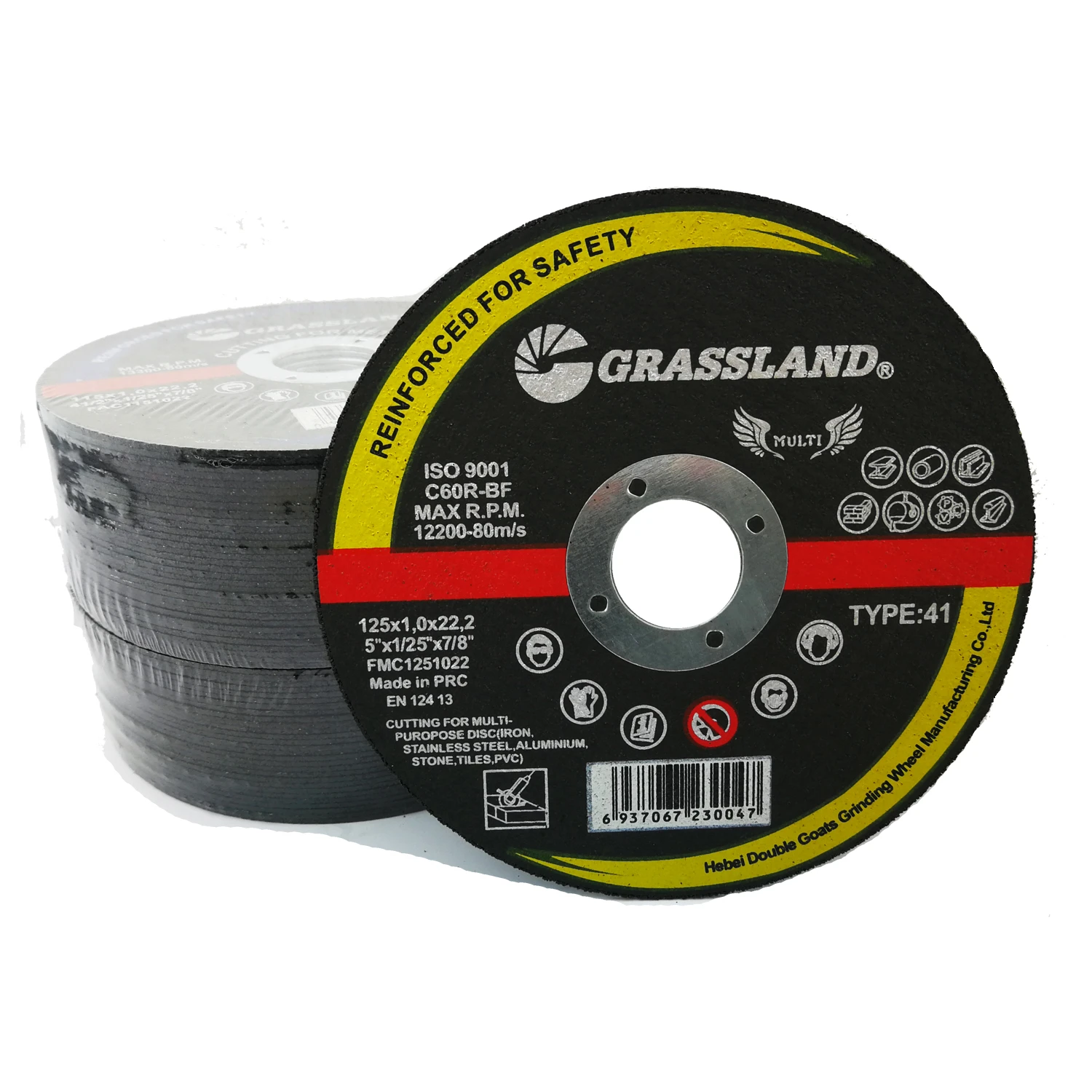Understanding the Different Types of Flap Discs A Comprehensive Guide
Flap discs are essential tools in the metalworking and fabrication industries, often used for grinding, blending, and finishing. Their ability to provide a smooth, even surface makes them popular among professionals and DIY enthusiasts alike. Unlike traditional grinding wheels, flap discs consist of multiple overlapping layers of abrasive cloth, which allows them to deliver a finer finish while minimizing the risk of gouging the material. In this article, we will explore the various types of flap discs, their applications, and selecting the right one for your project.
1. Types of Flap Discs
Flap discs primarily differ based on their construction, size, material, and grit. Here's a breakdown of the most common types
a. Standard Flap Discs
Standard flap discs are designed for general-purpose grinding and finishing. They are available in various grits ranging from coarse (36 grit) to fine (120 grit), making them versatile for different applications. These discs are typically made with aluminum oxide or zirconia abrasive materials and are suitable for use on metals, wood, and plastics.
b. T29 Flap Discs
The T29 flap disc, also known as a conical flap disc, features a slightly angled design. This shape allows for more aggressive material removal and is suitable for use on curved or contoured surfaces. T29 discs are ideal for blending, deburring, and finishing applications, particularly in metalwork where precision is key. Their angled design enhances the effectiveness of each flap, ensuring an even finish while reducing heat buildup.
c. T27 Flap Discs
Unlike T29, T27 flap discs have a flat profile. This design is best suited for flat surfaces and provides a consistent finish. T27 discs excel at surface preparation and blending, making them an excellent choice for applications that require smooth surfaces without excessive material removal. They are particularly effective for finishing welding joints and removing rust or paint.
d. Ceramic Flap Discs
Ceramic flap discs are known for their longevity and efficiency. They are constructed from high-quality ceramic alumina, providing superior performance on hard metals and stainless steel. These discs resist loading and produce less heat during operation, making them ideal for demanding grinding tasks. The initial cost may be higher, but their extended lifespan can lead to cost savings in the long run.
e
. Specialty Flap Discstypes of flap discs

In addition to the standard types, several specialty flap discs cater to specific applications. For instance, some discs are designed for use on non-ferrous materials, while others may have additional features such as anti-loading properties or specialized abrasive formulations tailored for aluminum or composite materials. Selecting the appropriate specialty disc can enhance productivity and extend the life of the tool.
2. Selecting the Right Flap Disc
When determining which flap disc to use, consider the following factors
a. Material Type
Always choose a flap disc that matches the material you are working with. For example, aluminum oxide is effective for steel, while ceramic discs are better suited for harder metals.
b. Grit Size
The grit size will dictate the finish and rate of material removal. Coarser grits (36-60) are perfect for aggressive stock removal, while finer grits (80-120) are ideal for finishing work.
c. Disc Shape
Choose between T29 and T27 based on the surface you are working with. For curved or irregular surfaces, T29 is preferable, while T27 is better for flat surfaces.
d. Equipment Compatibility
Ensure that the flap disc is compatible with your grinder. Most flap discs are designed for angle grinders, but always check the specifications to ensure a proper fit.
Conclusion
Flap discs are versatile, essential tools for any metalworking or fabrication project. Whether you're grinding, blending, or finishing, understanding the types of flap discs and their appropriate applications is crucial for achieving the best results. By selecting the right disc for your material and project needs, you can enhance your efficiency and improve the quality of your work. Armed with this knowledge, you're well-equipped to tackle your next project with confidence and precision.
Post time:Dec - 05 - 2024

















